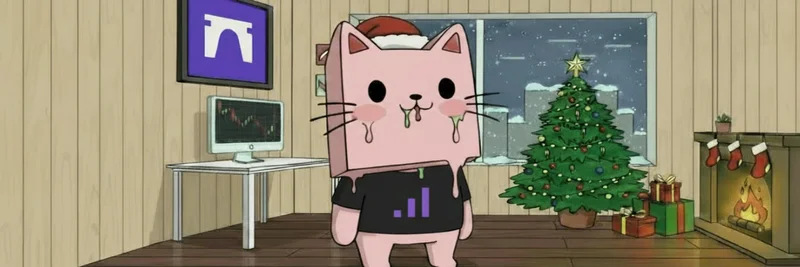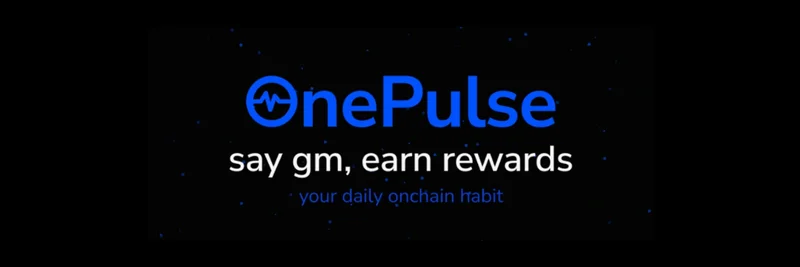Why Linux Desktops Are Stealing the Spotlight in 2025
Hey there, tech enthusiasts! If you’ve been scrolling through X lately, you might have stumbled upon a bold statement from @George_harrap that’s got people talking. The tweet claims, “In 2025 linux desktops are so good, everything just works and theyre fast and snappy. There isnt any reason to be buying windows like a slave in the modern era” (with a cheeky caveat about some specific tasks). Let’s unpack this and see if Linux really is the desktop hero we’ve been waiting for!
The Evolution of Linux Desktops
Linux has come a long way from its geek-only reputation. Back in the day, setting up a Linux distro (that’s a version of the operating system, for the uninitiated) was like solving a puzzle with missing pieces. But in 2025, things have changed. Distributions like Ubuntu and Manjaro now offer user-friendly interfaces, thanks to desktop environments like GNOME and KDE. These are basically the “skins” that make your computer look and feel smooth, and they’re designed to work right out of the box.
According to recent web insights from runcloud.io, Linux distros in 2025 are highly customizable, letting you tweak everything from performance to appearance. Plus, they’re fast—think of a snappy startup time that leaves Windows in the dust. This speed boost comes from Linux’s open-source nature, meaning developers worldwide keep optimizing it without the bloatware often found in commercial systems.
Windows vs. Linux: The 2025 Showdown
So, why the “slave to Windows” jab? Well, Windows has long been the go-to for its ease of use and wide software compatibility. But as IONOS points out, it can feel restrictive with its pre-installed apps and occasional sluggishness. Linux, on the other hand, gives you freedom. You’re not locked into a single ecosystem, and you can avoid the cost of buying a Windows license if you build your own PC.
That said, the tweet’s caveat about “some specific task which cant be done” hints at a real challenge. Certain software—like high-end gaming titles or niche professional tools—still leans heavily on Windows. However, with tools like Linux.com helping users check hardware compatibility, the gaps are closing. Many modern PCs now run Linux flawlessly, and virtualization or dual-booting can bridge the software divide.
Why 2025 Feels Like a Turning Point
What makes 2025 special? The tech community’s growing trust in Linux is a big factor. With hardware support improving (as noted by Linux.com), you’re less likely to hit compatibility snags. Plus, the rise of remote work and cloud-based apps means you don’t always need Windows-specific software. For many, Linux’s performance and privacy perks are winning them over.
At Meme Insider, we love exploring trends that shake up the status quo, and this Linux wave feels like a meme coin-level disruption in the tech world—unexpected but full of potential! While it’s not directly tied to meme tokens like Little Pepe (LILPEPE), the DIY spirit of Linux mirrors the innovative edge of blockchain projects.
Is Linux Right for You?
If you’re curious, dipping your toes into Linux is easier than ever. You can try it via a bootable USB or a virtual machine, as suggested by IONOS. Popular picks like Ubuntu are great for beginners, while Manjaro offers a bit more customization for tech-savvy users. Just check your hardware compatibility beforehand to avoid surprises!
So, is Linux the future of desktops in 2025? It’s certainly making a strong case with its speed, freedom, and community-driven vibe. While it might not replace Windows for everyone just yet, the tweet’s enthusiasm reflects a growing movement. Why not give it a spin and see if it works for you? After all, in the words of @George_harrap, there might not be a reason to stay “enslaved” to the old ways!




